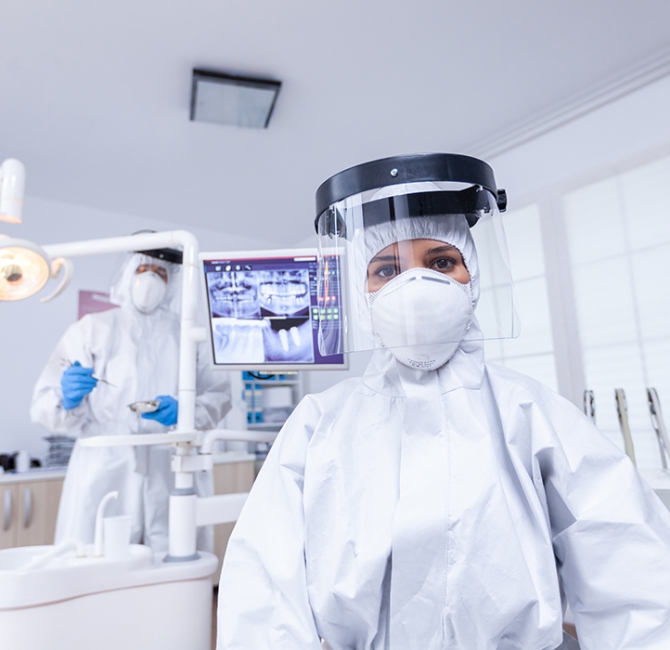Halitosis refers to an unpleasant or foul odour originating from the oral cavity. It can be caused by either intraoral or extraoral factors, with intraoral factors playing a significant role in the majority of cases. Halitosis is the most prevalent cause for individuals to seek oral healthcare, followed by dental caries and periodontal diseases. This systematic review assesses halitosis’ intraoral and extraoral associations.
It is estimated that an intraoral source accounts for 80%-90% of all cases of oral malodour. Some of the main intraoral sources include bacterial degradation of organic substances, coated tongue, and periodontal disease. The gram-negative anaerobic pathogens in oral flora are responsible for oral malodour by converting sulphur-containing amino acids in oral secretions and food debris to volatile sulphur compounds (VSCs).
Whereas intraoral halitosis causes the odour to emanate from the mouth, extraoral halitosis results in odour coming from both the oral and nasal cavities. Extraoral etiology are mostly related to the ear, nose, and throat areas, or the gastrointestinal or renal tracts. Systemic conditions that may contribute to halitosis include certain foods, medications, tobacco and alcohol use, gastroesophageal reflux disease (GERD), or Helicobacter pylori infection.
Halitosis is either physiological or pathological, with pathological halitosis being subdivided into intraoral or extraoral pathological halitosis. Pathologic halitosis is classified as either primary or secondary. Primary halitosis is caused by the malodour originating from the exhaled air from the lungs. Secondary halitosis is caused by an etiology in the mouth or upper airways. Physiological halitosis is malodour due to inadequate oral hygiene practices.
Dimethyl sulphide is found in substantial amounts in extraoral halitosis. However, methyl mercaptan and hydrogen sulphide were the most strongly linked with intraoral halitosis. The majority of primary malodorous molecules are VSCs, including hydrogen sulphide, dimethyl sulphide, and methyl mercaptan. Porphyromonas gingivalis, Treponema denticola, Tannerella forsythia, and Fusobacterium nucleatum are the most prolific hydrogen sulphide producers in vitro. A higher concentration of these anaerobic gram-negative microorganisms is identified in periodontal diseases.
Other factors contributing to oral malodour include:
- Psychological conditions such as depression may cause a lack of motivation that leads to poor oral hygiene.
- Xerostomia as saliva plays a pivotal role in preventing oral malodour. Also, individuals with xerostomia may have increased plaque formation.
Conclusion: Intraoral factors induce 80-90% of halitosis with coated tongue, periodontal pathologies, and poor oral hygiene practices being the predominant causes. Oral gram-negative anaerobic microorganisms form VSCs leading to halitosis. Extraoral factors induce 10-20% of halitosis associated with systemic diseases. Increased medical awareness is needed to determine the actual pathophysiological process of oral malodour in otherwise healthy individuals.
To read the full research article, click here. For further learning about halitosis, click here to listen to Episode 67 of the audiocast Conversations with Dr. Glogauer and Kim Ivan.



